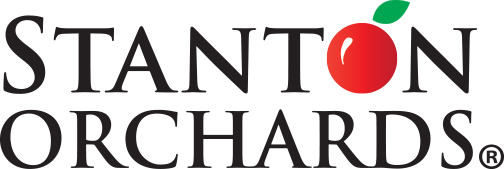Montmorency Tart Cherries
Montmorency is the varietal of tart cherry (Prunus cerasus) most commonly grown in the United States and Canada on small family farms. The name comes from a valley in the northern suburbs of Paris, France where tart cherries were first cultivated in the 18th century1.
The distinctive taste and deep red color of Montmorency tart cherries are due to the concentration of anthocyanins, a type of polyphenol in the flavonoids family. Nearly all of the health research on cherries has been conducted on the United States-grown Montmorency variety as opposed to any other type of cherry. Studies on these homegrown superfruits have included research on arthritis, gout, exercise recovery, sleep, heart health, and gut health.
Montmorency tart cherries are harvested in the summer yet they’re available year-round in multiple forms: dried, frozen, canned, juice, and juice concentrate. Montmorency tart cherries are truly “the cherry with more” as they’re different from other cherry varieties with their sweet-sour taste and unique nutrient profile2.
Montmorency tart cherries have been studied more than any other type of cherry and the evidence is growing. Studies have explored the impact of Montmorency tart cherry consumption on arthritis, gout, exercise recovery, sleep, heart health, and gut health.
